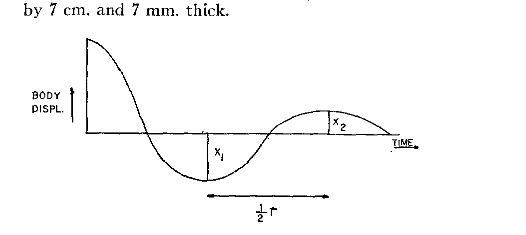Abstract: Recent advances have led to renewed interest in ballistocardiography (BCG), a noninvasive measure of the small movements of the body due to cardiovascular events. A broad range of platforms have been developed and verified for BCG measurement including beds, chairs, and weighing scales: while the body is coupled to such a platform, the cardiogenic movements are measured. Wearable BCG, measured with an accelerometer affixed to the body, may enable continuous, or more regular, monitoring during the day; however, the signals from such wearable BCGs represent local or distal accelerations of skin and tissue rather than the whole body. In this paper, we propose a novel method to reconstruct the BCG measured with a weighing scale (WS BCG) from a wearable sensor via a training step to remove these local effects. Preliminary validation of this method was performed with 15 subjects: the wearable sensor was placed at three locations on the surface of the body while WS BCG measurements were recorded simultaneously. A regularized system identification approach was used to reconstruct the WS BCG from the wearable BCG. Preliminary results suggest that the relationship between local and central disturbances is highly dependent on both the individual and the location where the accelerometer is placed on the body and that these differences can be resolved via calibration to accurately measure changes in cardiac output and contractility from a wearable sensor. Such measurements could be highly effective, for example, for improved monitoring of heart failure patients at home.








